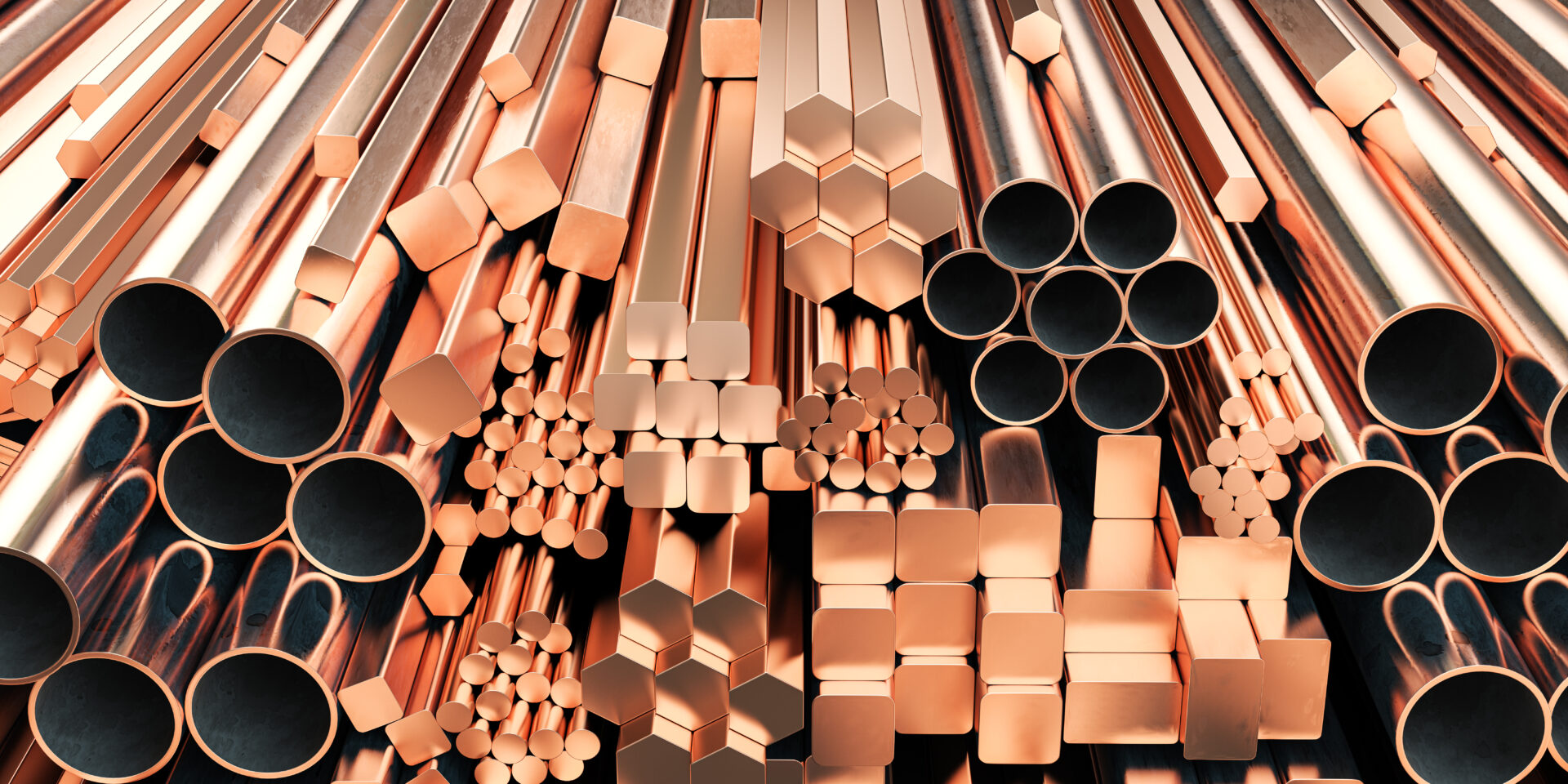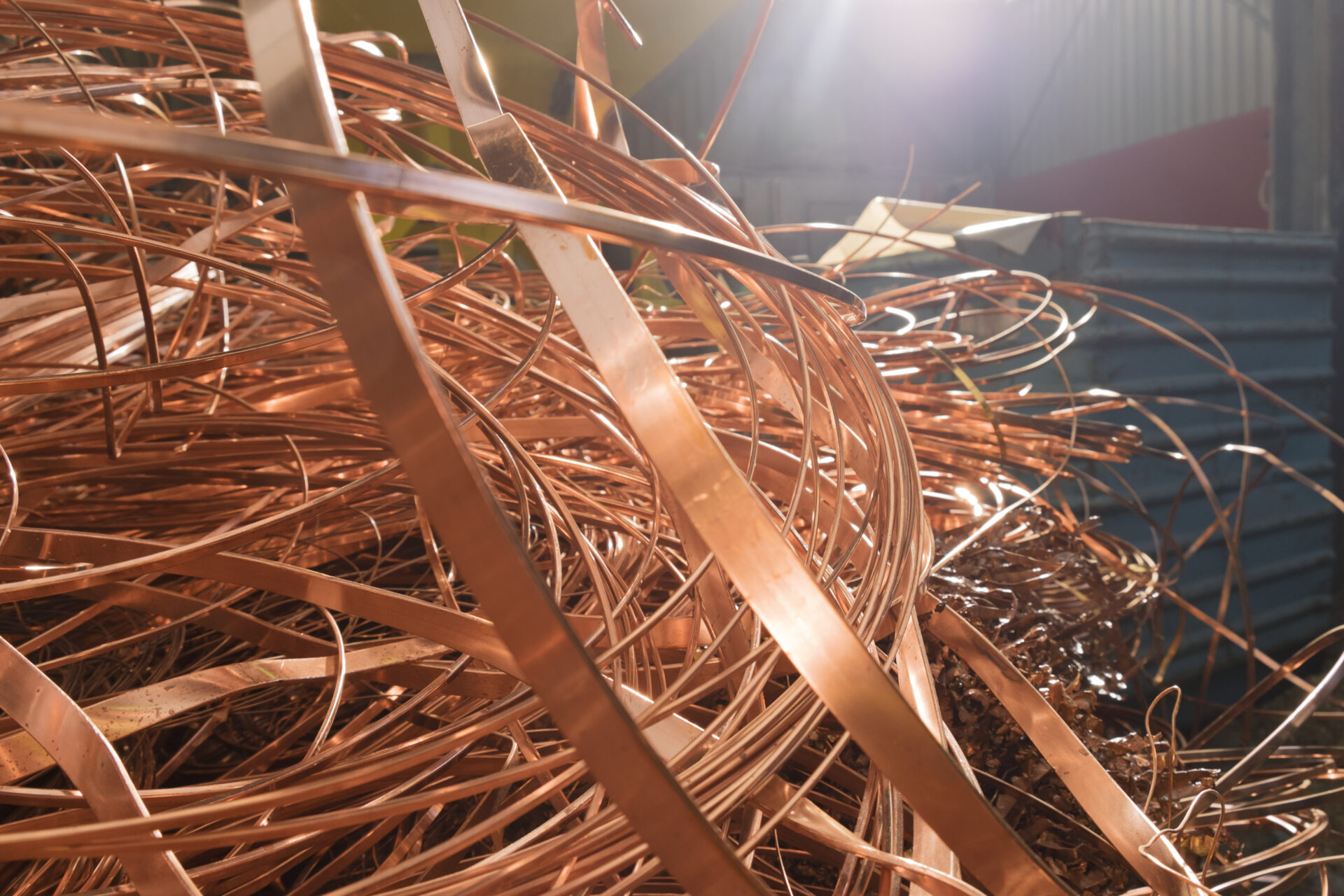
It’s become known as a ritual in our nation’s capital. Between February and May each year, lobbying groups that represent industries related to our nation’s infrastructure descend on Capitol Hill.
The American Public Power Association, the National League of Cities, the American Water Works Association and the American Society of Civil Engineers are just some of the groups that lobby regularly for investments in public infrastructure projects. But this year, they may have more reason for optimism than in the past.
A fast-growing global economy has led to a rise in infrastructure investments worldwide, following the rapid industrialization in many emerging nations.
At the same time, the U.S. may become a trailblazer. President Donald Trump has proposed spending up to $200 billion to rebuild the nation’s infrastructure. The White House has estimated that this investment could help create jobs for 300,000 Americans.
But across the country, a lot of private firms are not waiting for Congress to act. They’re already investing in major urban improvements where they have a strong financial stake.
This has provided a boost to the steel industry, although the Steel Manufacturers Association has called for an even stronger long-term federal investment to make the United States even more competitive in the long run.
These trends are also likely to assist the scrap metal recycling industry. The production costs for infrastructure projects that employ steel and other metals get reduced if recycled metals are being used, rather than having to mine for virgin ore, a more costly option.
Infrastructure investments are increasing the demand for recycled metals in various end use industries. That’s been a key part of the growth of the metal recycling market worldwide, and in response, many private agencies and governments are starting to actively participate in the promotion of scrap recycling.
Why are Infrastructure Investments Rising Quickly?
A healthy economy gave a green light to infrastructure projects that languished when the economy was struggling, and private businesses are recognizing the importance of making these investments in economically booming cities.
There’s also an awareness across the globe that infrastructure investments – fixed assets such as power stations, pipelines, freight railway and cell phone networks – are critical to a modern economy. In the United States, the private sector takes care of most of these fixed assets, while government infrastructure projects like highways and bridges often need to be updated or modernized. Either way, it can help spur economic growth.
The global trend in recent years has been toward privatization, with a growing number of nations fully privatizing seaports, highways and airports, for example. But as the lobbying in Washington every spring indicates, there’s a clear desire for the U.S. federal government to invest far more in these projects.
As the Steel Manufacturers Association noted, federally-funded projects should “utilize domestically melted and poured steel to the greatest extent possible in order to ensure that the full benefit of investment is realized in the domestic economy … U.S. companies are placed at a disadvantage in increasingly global markets as they compete with foreign producers who operate in nations that fund their transportation infrastructures at much greater rates, as is true of most of our major trading partners.”
The steel industry is also hoping it can get a major boost from President Trump’s decision to impose a 25 percent tariff on steel imports and 10 percent tariff on aluminum imports to protect the domestic producers of those metals. U.S. steel makers are hoping that will boost steel prices and give them more pricing power.
How Will Tariffs Impact Infrastructure Projects?
There was some disappointment within the steel industry on March 8 when President Trump signed his executive orders on steel and aluminum imports and excluded U.S. allies Canada and Mexico, which together represent a quarter of U.S. steel imports.
Still, U.S. steel imports have dropped about 5 percent, according to the latest reports from the American Iron and Steel Institute. They found that total domestic steel imports went down to 2.36 million net tons in February.
The industry has welcomed that news, since U.S. steel producers have struggled in recent years to compete with high levels of cheap steel imports. In far too many steel mill towns, declining orders and layoffs have followed. Total steel imports rose by 15 percent in 2017, according to the AISI, hurting the margins of American steel manufacturers.
While the steel industry is hoping that more countries don’t apply for future exemptions for steel imports, they’re also hoping that a year from now, very few Americans will have noticed steel and aluminum tariffs, except, of course, for steel mills benefitting from less competition from imported steel.
And this is an important industry. A new study by Yale University, which analyzed 43 large economies and how they operated from 1995 to 2015, found that their Gross Domestic Product remains linked with metal use, even for nations that become more affluent.
The study, published in the journal Nature Geoscience, found that a 1 percent rise in GDP also raised a nation’s metal “footprint” by as much as 1.9 percent during the same year. A nation’s metal “footprint” includes the use of metals associated with the production of materials needed to meet domestic demands. That could include everything from the metals used to construct a new factory to any metals used in the products manufactured there, to metals in the vehicles that transport the final product.
As the study noted, governments and private businesses invest when the economy is strong, which is why as the economy grows rapidly, there’s a surge in investment in construction and new machinery.
And with that need comes the need for something else: recycled metals.
What Role Can Recycled Scrap Play?
The process of recycling metals is crucial for strong economic development. First, it helps preserve our natural resources because it mitigates the need to extract non-renewable metal ores through mining.
There’s a finite amount of ore on Earth, and not having to dig for it is good for the Earth. And using materials through metal recycling means we use fewer natural resources when making metal compounds such as iron ore, which is needed to make steel, or alumina and bauxite to create aluminum.
Using recycled metals also helps reduce energy use and cut CO2 emissions in the production process.
Aluminum, for example, is used all over the world. That means there’s a constant supply of recyclable material. And raw materials use 20 times more energy than a can made of recycled materials.
Using recycled scrap also helps lower the manufacturing cost of these products, which is why a growing number of countries are looking for ways to boost scrap recycling.
Conclusion
The booming global economy means that there will be more private and government investments for improving urban infrastructure, some of which is badly overdue. That’s going to increase the need for more metals, which is why there’s a need for more consumers and businesses to bring their used scrap to an experienced firm like GLE Scrap Metal, which performs environmentally-friendly processing and recycling of all base and precious metals.
This family-owned and operated business will purchase, process, and re-integrate all recyclable base metals, which are supplied to domestic mills and global end-users to be transformed into new products.
GLE Scrap Metal also strives to utilize natural resources and help conserve energy.
To learn more, call GLE Scrap Metal at 855-SCRAP-88 and request a quote.



